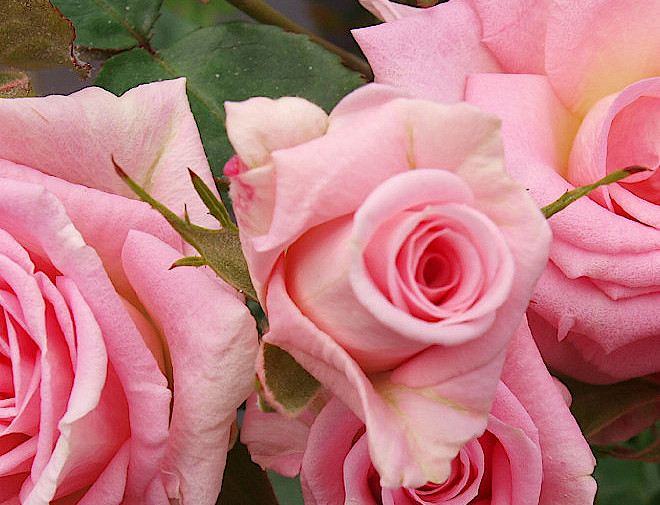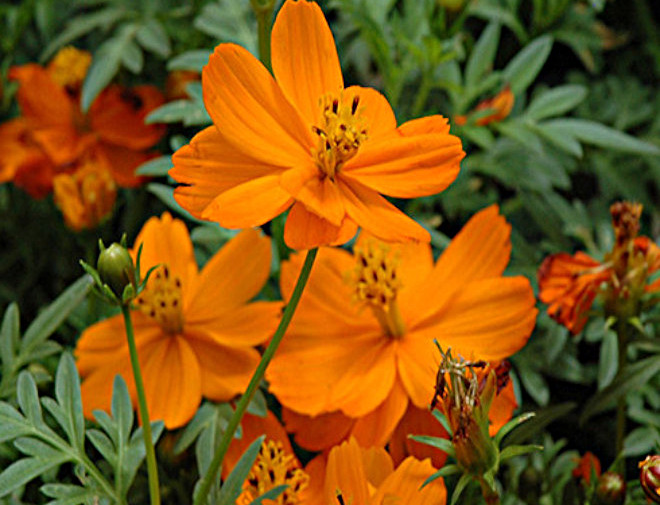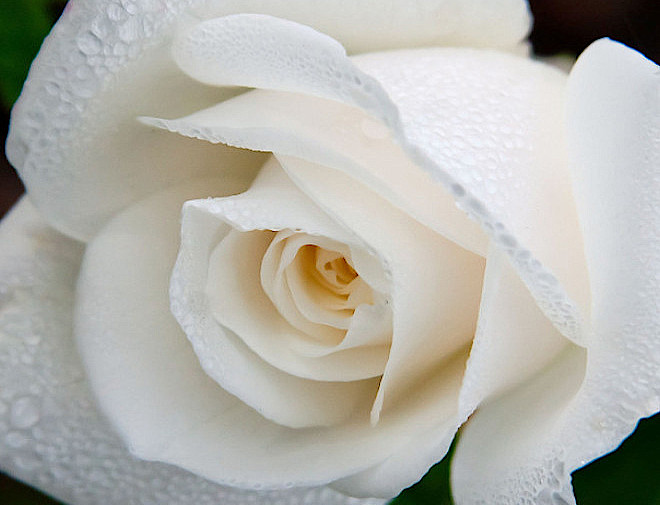A rose is a woody lasting blooming plant of the class Rosa, in the family Rosaceae, or the blossom it bears. There are more than three hundred species and a large number of cultivars. They frame a gathering of plants that can be erect bushes, climbing or trailing with stems that are frequently equipped with sharp prickles. Blossoms change fit as a fiddle and are typically expansive and ostentatious, in hues running from white through yellows and reds. Most species are local to Asia, with littler numbers local to Europe, North America, and northwestern Africa. Species, cultivars and half and halves are largely generally developed for their excellence and regularly are fragrant. Roses have obtained social centrality in numerous social orders. Rose plants extend in estimate from minimal, smaller than normal roses, to climbers that can achieve seven meters in stature.
Planting
Buying Roses
- Before you plant, make sure that you pick assortments demonstrated in your atmosphere. If all else fails, All-America Rose Selections champs are great wagers.
- On the off chance that you arrange roses from a mail-arrange organization, arrange right on time, in January or February (March at the most recent). They are generally delivered in the spring as uncovered roots when plants are completely torpid, a long time before they have leafed out. They’ll resemble a heap of sticks on landing. Note that they are not dead—basically torpid. Watch that the pressing material is clammy and keep them in a cool dull place until prepared to plant.
- On the off chance that you are purchasing holder developed roses (versus exposed root roses), plant them by May or early June for best outcomes.
Preparing the Soil
- Roses incline toward a close unbiased pH scope of 5.5– 7.0. A pH of 6.5 is just about ideal for most home greenery enclosures (marginally acidic to unbiased).
- A precise soil test will reveal to you where your pH as of now stands. Acidic (harsh) soil is checked by applying finely ground limestone, and antacid (sweet) soil is treated with ground sulfur.
Planting Tips
- Plant roses where they will get at least 5 to 6 long periods of full sun every day. Morning sun is particularly critical in light of the fact that it dries the leaves, which forestalls sicknesses. Roses developed in halfway sun may not bite the dust without a moment’s delay, but rather they debilitate step by step.
- The perfect soil is rich and free, with great seepage. One of the most exceedingly awful oversights you can make is to not give sufficient seepage.
- Wear solid gloves to shield your hands from thorny thistles. Have a hose or basin of water and all your planting devices adjacent.
- Drench uncovered root roses in a pail of water for 8-12 hours before planting.
- Prune each stick back to 3-5 buds for every stick. Any stick more slender than a pencil ought to be expelled.
- When planting holder developed roses slacken the roots previously planting.
- When you plant the rose, make sure to burrow a considerably greater gap than you might suspect you require (for most sorts, the planting opening ought to be around 15 to 18 inches wide) and include a lot of natural issue, for example, fertilizer or matured excrement.
- Splash the recently planted rose with water.
- Hill up free soil around the sticks to secure the rose while it adjusts to its new site.
- Some old-clocks prescribe setting a 4-inch square of gypsum wallboard and a 16-penny nail in the opening to give calcium and iron, both increased in value by roses.
- Try not to swarm the roses in the event that you plant in excess of one flower hedge. Roses ought to be planted around 66% of the normal tallness separated. Old garden roses will require more space, while small scale roses can be planted nearer. Space between plants considers great air course.
Care
- Determinedly water your roses. Drench the whole root zone no less than two times every week in dry summer climate. Dodge visit shallow sprinklings, which won’t achieve the more profound roots and may support parasite. In the fall diminish the measure of water, however don’t enable roses to totally dry out.
- Roses love water—yet don’t suffocate them. That is, they don’t care to sit in water, and they’ll kick the bucket if the dirt is excessively wet in winter. The perfect soil is rich and free, with great seepage. One of the most noticeably bad mix-ups you can make is to not give sufficient seepage.
- Utilize mulch. To enable save to water, diminish pressure, and empower solid development, apply a 2-to 4-inch layer of hacked and destroyed leaves, grass clippings, or destroyed bark around the base of your roses. Permit around 1 inch of room between the mulch and the base stem of the plant. See our Mulching Guide for more data.
- Roses can be reduced and moved in either spring or fall, yet not in midsummer, as they may endure and pass on in the warmth. Substantial rose sticks can be reduced by as much as 66%, and littler ones to inside 6 to 12 crawls of the ground.






